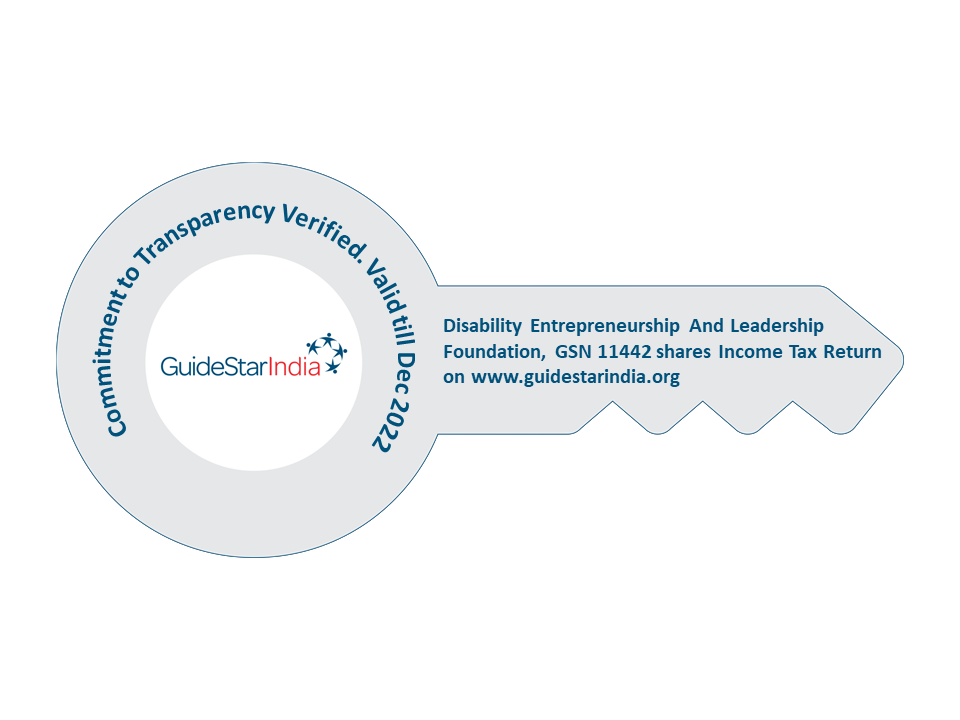The public transport system in India still largely remains inaccessible for people with disabilities. The Rights of Persons with Disabilities Act, 2016 and the Accessible India campaign launched by the government highlights on accessible public places and transport systems. But till date, nothing has been implemented. There are no wheelchair facilities in trains or buses. A visually impaired person is still unable to board an auto or bus due to lack of accessible services like Braille signage for them. Travelling to places still remains a struggle for people with disabilities in the country.
Need for accessible public transport in India:
There are over 80 million disabled people in India. That constitutes over 6% of the total population. That is precisely the reason why public places must be made accessible. Lack of awareness about disabilities makes things worse in society. Moreover, staffs that work in public transport systems are not aware of how to handle people with disabilities. This lack of sensitization is yet another road block to progress.
Hindrances to accessible transport:
Disabled people need affordable, safe and reliable transport systems. According to members from the disabled community, that is what the government must aim to do. Accessibility can be a key parameter in ensuring economic success of the nation. Making transport systems accessible will definitely be of much help.
Most of the times, officials believe that construction of ramps for buses and trains or Braille signage’s can be expensive. Also, since the number of disabled people use this are lesser it might lead to low returns too. But studies have proved that accessibility features account for less than one percent of the total cost for a project. This includes from its planning stage. Introduction of these facilities will make transport faster, easier and hassle free for disabled people. This is yet another way to creating an inclusive society as well.
Way Forward:
Smart City projects must be aligned to the needs of the disabled and also linked to the Start-up India initiative. The Smart City Mission for people with disabilities should ensure access to pathways, junctions, footpaths, bus shelters, crossings and public transportation. This should not merely be on paper, but should see the light day. The transport accessibility should include:
- Well lit streets and bus shelters.
- Raised pedestrian crossings to facilitate barrier free movement with differently textured paving material to make the crossing more perceivable.
- Footpaths with even surface for movement of mobility aid users and continuous tactile pavers along the entire stretch for persons with visual impairment.
- Special white lighting for footpaths that maintains colour contrast from road and ensures that the tactile pavers are visible at night.
- Audible light signals that beep when light is green.
- Bus shelters with barrier-free access having defined boarding gates with warning tiles.
- Folding ramp inside low floor buses allows access to mobility aid users.
- Space to park wheelchairs with provision of a safety belt to secure during journey inside the buses.
- Provision of Braille signage and audible messages on signage panels.
- Metro stations and coaches with accessibility features Transportation is a vital component for independent living, and like others in society, PwDs rely on transportation facilities to move from one place to another. The term transportation covers a number of areas including air travel, buses, taxis, and trains.
Another service that could really help PwDs, elderly and very young travellers when they are travelling alone is a ‘Meet & Assist’ service. This could help them with any physical challenges that they would face at the bus station, metro or train station.
To conclude, all the above mentioned facilities may look really good on paper, but it would really help if these are practically done and implemented so that it would make travel and mobility much easier and convenient for people with disabilities so that they don’t have to rely on someone else for their travel needs.


 Awarded by Guidestar India
Awarded by Guidestar India